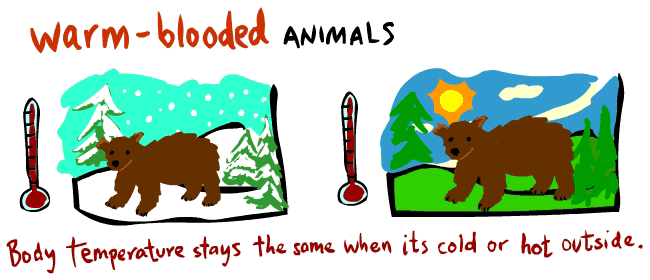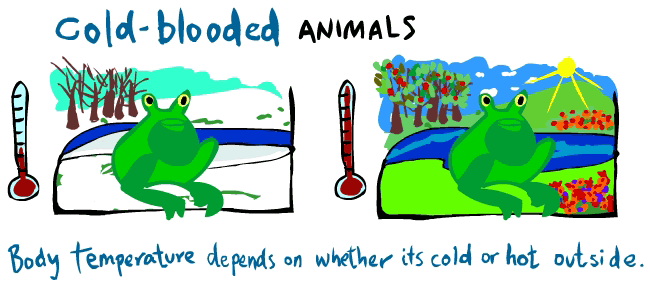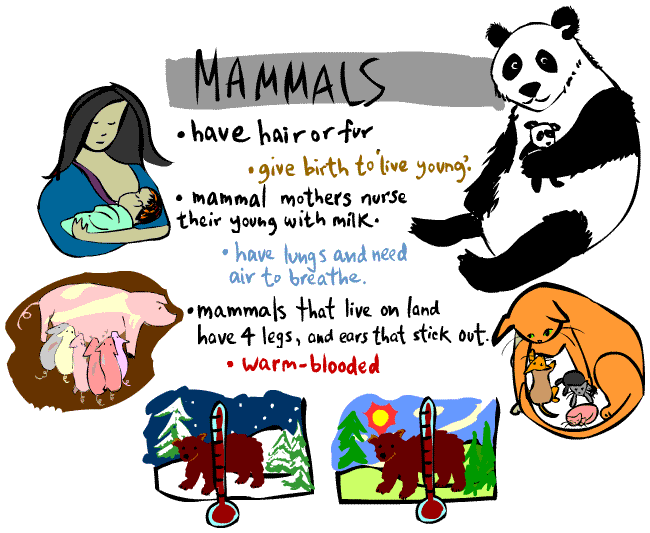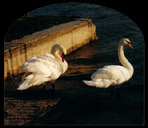THIRD TERM
Games & Simulations about Weather, Climate & the Atmosphere
Intermediate Clouds and Atmosphere Word Search
SECOND TERM
LA OCA DE LAS CIENCIAS
¿ACEPTAS EL RETO?

LESSON 6: MATTER
More things.
Chem4Kids
CHEMystery
All About Atoms
The Particle Adventure
Atom Builder
Matter Interactive
Molecule of the Month
Science Is Fun
Experiment
What are atoms?
Atoms are the basic building blocks of matter that make up everyday objects. A desk, the air, even you are made up of atoms!
There are 90 naturally occurring kinds of atoms. Scientists in labs have been able to make about 25 more.
This page is maintained by Steve Gagnon.
LESSON 5: NUTRITION
Repaso tema 5 en español.
Las funciones de todos los organismos pluricelulares, nutrición, relación yreproducción, son el resultado de las acciones conjuntas de todas sus células. Cada célula tiene su propia actividad, para lo cual necesita:
| |||||
 |
 | ||
 | ||
| Alu / Ciclo3 / CREZCO FELIZ / H.Alimentarios Saludables | ||
 |  | |
THE CIRCULATORY SY
STEM
Click in the following link.http://www.neok12.com/Circulatory-System.htm
THE EXCRETORY SYSTEM
Biology : Excretory System Quiz
RESPIRATORY SYSTEM
You breathe in. You breathe out. But what's happening inside? Watch this movie and find out!
How much do you know about your lungs? Find out by taking this quiz!
ACTIVITIES
GAMES
DIGESTIVE SYSTEM The Mouth Starts Everything Moving

ACTIVITIES
First sessión:
Download the following worksheet
Miniproject: With plasticine create a miniwheel of food and label it

Second session:
ANSWER THE VIDEO QUIZ
OTHER GAMES
Arianna's Nutrition Expedition™ nutrition program is designed for upper elementary students. Though students of all ages can enjoy playing Arianna's and Marcus' games, they are designed to reinforce major objectives of this classroom program. These include identifying and classifying foods into the Five Food Groups, creating nutritious Combination Foods and identifying the health benefit of each food group.
LESSON 4 :VERTEBRATES
Classification
CLASSIFICATION:

Mammals and birds are warm-blooded, which means that they can make their own body heat even when it is cold outside. Whether it is sunny and hot outside or there is a snowstorm and it is very cold, warm-blooded animals have body temperatures that usually stay the same.
|


| Cold-blooded animals, like reptiles, amphibians, and fish, become hotter and colder, depending on the the temperature outside. For example, when the sun sets at night, their bodies are cooler because it is less warm outside. When the sun is out, however, their bodies soak up the heat and become warmer. |

Mammals

HOME WORK:
ABOUT THE VIDEO, YOU HAVE TO WRITE AMAZING FACTS OF BIRDS THAT YOU CAN OBSERVE IN THE VIDEO AND PREPARE AT HOME A RIDDLE DESCRIBING FEATURES ABOUT A BIRD.
ABOUT THE VIDEO, YOU HAVE TO WRITE AMAZING FACTS OF BIRDS THAT YOU CAN OBSERVE IN THE VIDEO AND PREPARE AT HOME A RIDDLE DESCRIBING FEATURES ABOUT A BIRD.
Repaso último día en Castellano.
UNIDAD 4: ANIMALES VERTEBRADOS
 Expresión oral video:
Expresión oral video:- Cuentanos que es un vertebrado.
- Clasificación de los vertebrados.
- ¿Qué es un mamífero?. Di los grupos de mamímefos que hay.
 Tarea de repaso.
Tarea de repaso.
Nota: Imprime todas las actividades del link que aparece a continuación y pegalas en el cuaderno

Mammals
Get to know a
few of our
furry
favorites
few of our
furry
favorites
What Makes a Mammal?
There are more than 4,000 different species of mammals. The smallest is the hog-nosed bat, which weighs 0.05 ounces. The largest is the blue whale, which can be 100 feet long and weigh 150 tons. But whether they live on land or water, all mammals share some common characteristics.
All mammals:
- Are vertebrates (which means they have abackbone or spine).
- Are endothermic. Also known as “warm-blooded,” endothermic animals regulate their own body temperate which allows them to live in almost every climate on Earth.
- Have hair on their bodies.
- Produce milk to feed their babies. This allows them to spend more time with their young and teach them important skills they need to survive on their own.
Unidad 3: Animales invertebrados
|
Web interactivas
|
Jclic
|
Un perro muy listo. Arrecifes de coral, viaje a la diversidad marina
| ||
Los animales invertebrados. Los moluscos
| ||
|
| ||
|
| ||
Los artrópodos
| ||
|
| ||
Otros grupos de invertebrados
| ||
Interpretar la información de una etiqueta
| ||
|
|
Conocimiento del Medio 5º Ed. Primaria (SM. Proyecto Timonel)
Elaborado por: C.E.I.P. "Ntra. Sra. de Loreto" - Dos Torres (Córdoba)
http://www.juntadeandalucia.es/averroes/loreto/sugerencias.html
Elaborado por: C.E.I.P. "Ntra. Sra. de Loreto" - Dos Torres (Córdoba)
http://www.juntadeandalucia.es/averroes/loreto/sugerencias.html
Unidad 1: Los seres vivos
|
Web interactivas
|
Jclic
|
Peluquería Pelovivo. El pie de atleta procede de un hongo
| ||
Características de los seres vivos
| ||
La célula. Organización de los seres vivos
| ||
Clasificación de los seres vivos
|
| |
|
| ||
|
| ||
Analizar fotografías y textos
| ||
|
|
5º Primaria
Conocimiento del medio
Conocimiento del medio

1 - Los seres vivos
Sobre el planeta hay millones de seres vivos de las más diversas formas. Todos ellos están formados por una o varias células.(29 preguntas)
2 - Los animales
Los animales son seres vivos que se caracterizan por alimentarse de otros seres vivos y, en la mayoría de los casos, por su capacidad de desplazamiento (39 preguntas)
3 - Las plantas
Las plantas son los únicos seres vivos capaces de fabricarse su propio alimento gracias al proceso de fotosíntesis. Se pueden reproducir de forma sexual o asexual. (30 preguntas)
4 - Los ecosistemas
Las plantas y animales realizan todas sus actividades vitales interaccionando con el medio que los rodea y con otras especies que comparten su mismo hábitat(20 preguntas)
5 - La materia
Todos los objetos del universo están hechos de materia, que tiene masa y volumen. Pueden estar en estado sólido, líquido y gaseoso, mezclarse con otros objetos o sufrir cambios. (31 preguntas)
6 - Las fuerzas
Las fuerzas pueden actuar sobre los objetos deformándolos, poniéndolos en movimiento o deteniéndolos completamente.(14 preguntas)
7 - El universo
El universo está formado por planetas y estrellas, que forman galaxias como la Vía Láctea, donde se encuentra nuestro planeta Tierra (21 preguntas)
8 - La Tierra
La Tierra es el único planeta conocido con vida. Puede dividirse en varias capas en función de su composición, y en ella pueden encontrarse rocas y minerales.(30 preguntas)
9 - El relieve
Los agentes geológicos internos y externos van moldeando la geosfera y determinan el relieve con montañas, volcanes, ríos, costas... (28 preguntas)
11 - El clima
El clima de una zona determina de forma directa la biodiversidad y al ser humano. Influye en las temperaturas, las precipitaciones, la vegetación... (30 preguntas)
12 - Economía y población
El grado de desarrollo de un país se analiza estudiando las características de su población y los sectores económicos en los que trabaja (31 preguntas)
13 - La Prehistoria
La Prehistoria es la etapa más larga del ser humano. Comienza con su aparición sobre la Tierra y termina con la invención de la escritura.(14 preguntas)
Build A Bug | |

ANIMAL KINGDOM

The animal kingdom is made up of 2 main groups:
ANIMALS WITH BACKBONES ANIMALS WITHOUT BACKBONES
| ANIMALS WITH BACKBONES | ANIMALS WITHOUT BACKBONES |
Animals with backbones are called
VERTEBRATES. Animals without backbones are called
INVERTEBRATES. Some VERTEBRATES are: Some INVERTEBRATESare:
| Animals with backbones are called VERTEBRATES. | Animals without backbones are called INVERTEBRATES. | |||
| Some VERTEBRATES are: | Some INVERTEBRATESare: |
Mammals

Molluscs

Birds

Worms

Reptiles

Arthropods

Amphibians

Echinoderms

Fish

Coelenterates



| Mammals |  | Molluscs | ||||
| Birds | Worms |  | ||||
| Reptiles |  | Arthropods |  | |||
| Amphibians |  | Echinoderms |  | |||
| Fish |  | Coelenterates |  | |||
We are vertebrates and have a skeleton to keep us upright and to help us to move.


PHOTOSYNTHESIS PROCESS
Plant reproduction Flash application in Spanish.
Activity of searching, follow this link:
GAME TO REVIEW THE LESSON



































































No hay comentarios:
Publicar un comentario